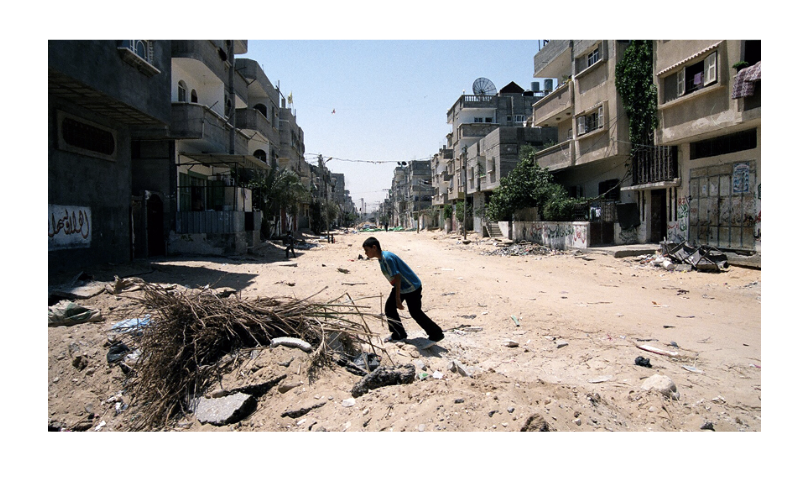James M. Dorsey
Times of Israel, July 21, 2024
“Nablus, with a population of 150,000 residents, “was one of the biggest laboratories in 2002 for the development of a new type of urban warfare. Israelis were studying how cities operate.”
The images of Israel’s reduction of Gaza to a pile of rubble and destructive West Bank raids speak as much about the Strip’s devastation and Israeli West Bank counterinsurgency tactics as they indicate Israel’s vision of Gaza’s post-war future and the Jewish state’s likely response to a potential long-term Hamas-led insurgency.
The building blocks of Israel’s Gaza war strategy date back to this century’s first decade.
The war’s high civilian casualty rate and degree of physical devastation highlight the military’s toxic merger of its Dahiyeh doctrine and urban warfare strategy, pumped up by dehumanizing and brutalizing language employed by government officials, politicians, commanders, and religious leaders, and breakdowns in military command and control.
The images of Israeli bulldozers in devastated Gazan towns and cities and holes blasted into the walls of structures still standing are tell-tale signs. So are the videos of daily Israeli raids on West Bank towns and refugee camps that turn built environments into military assets to quash a burgeoning armed insurgency in the occupied territory. … [To read the full article, click here]


